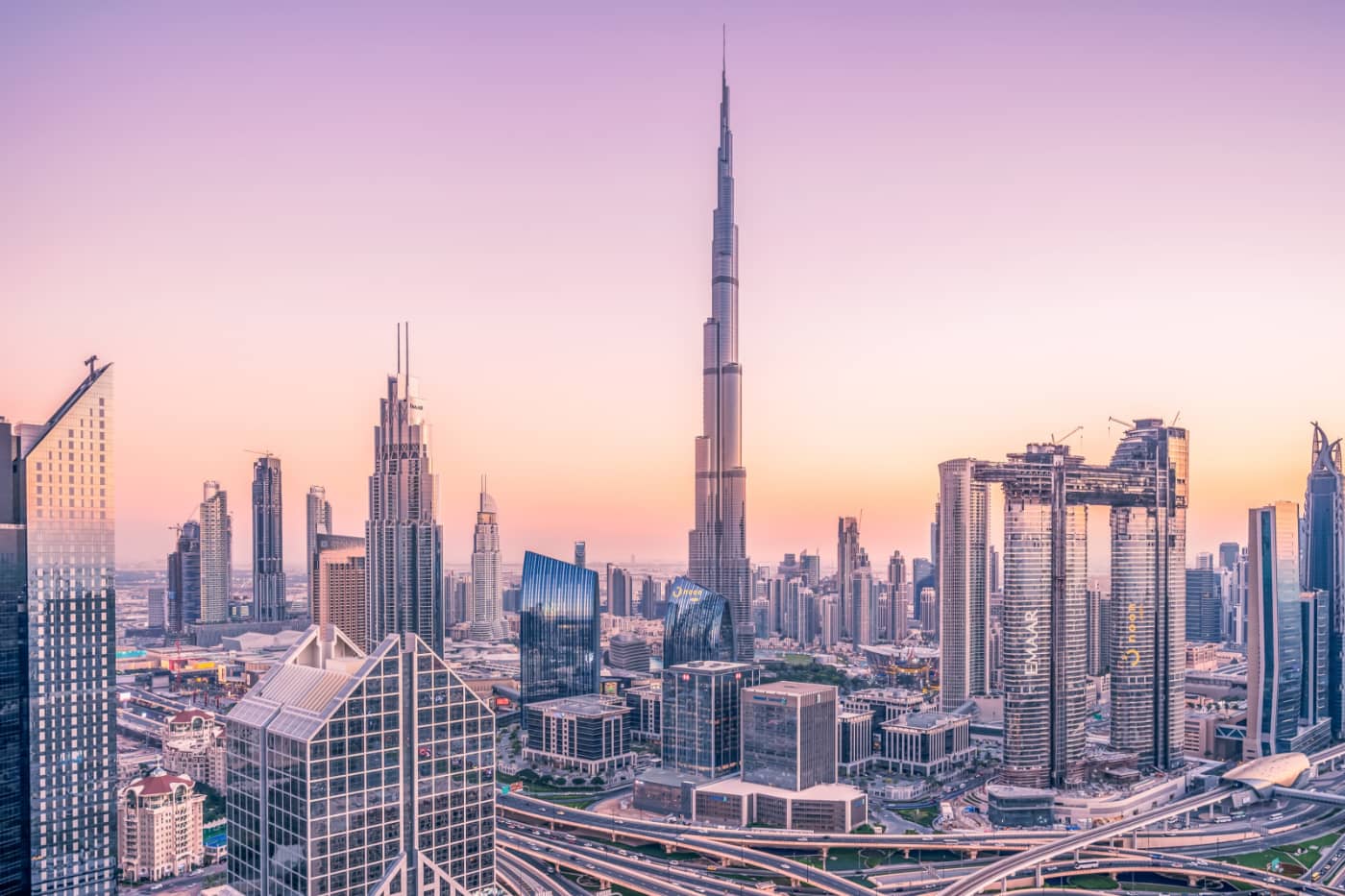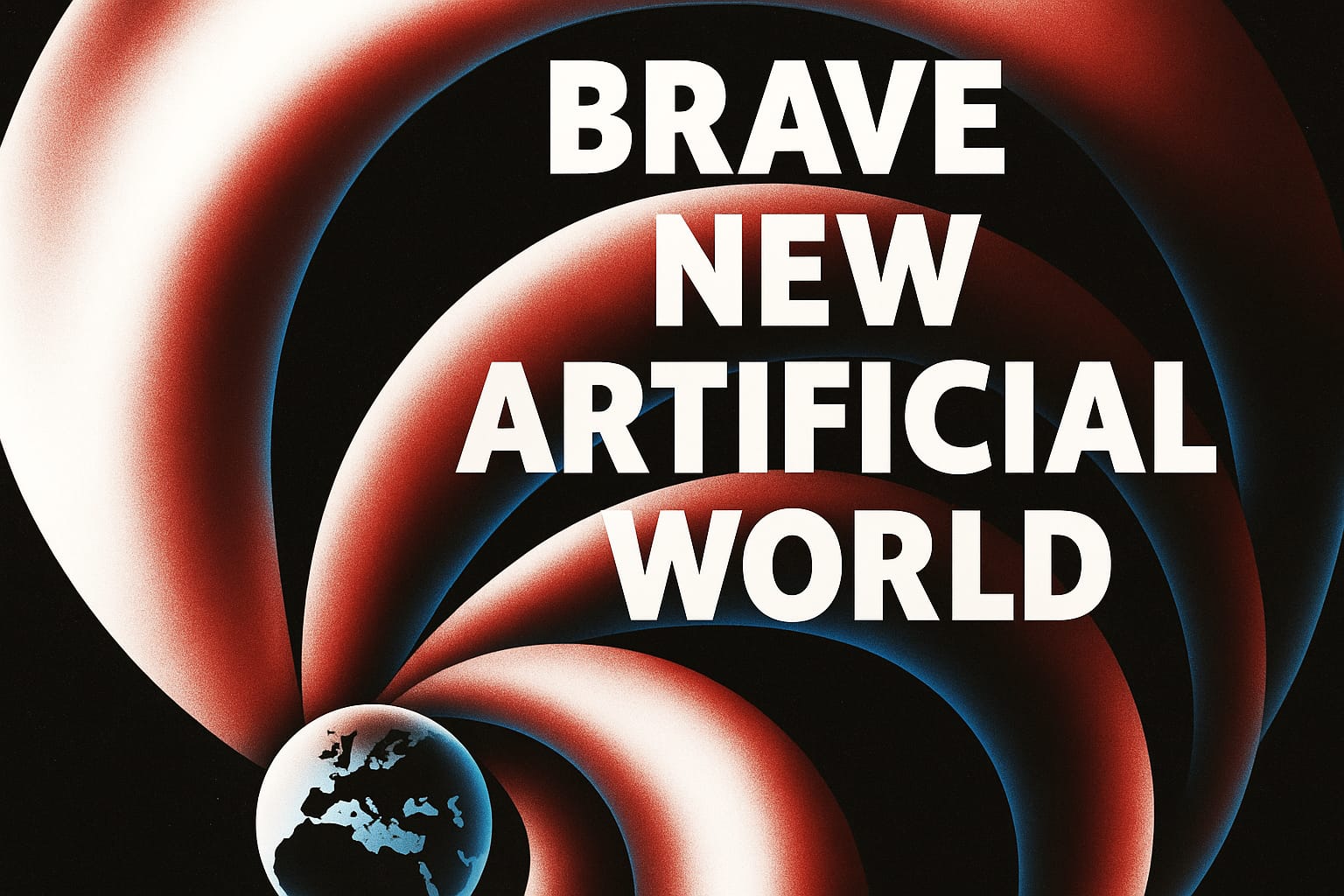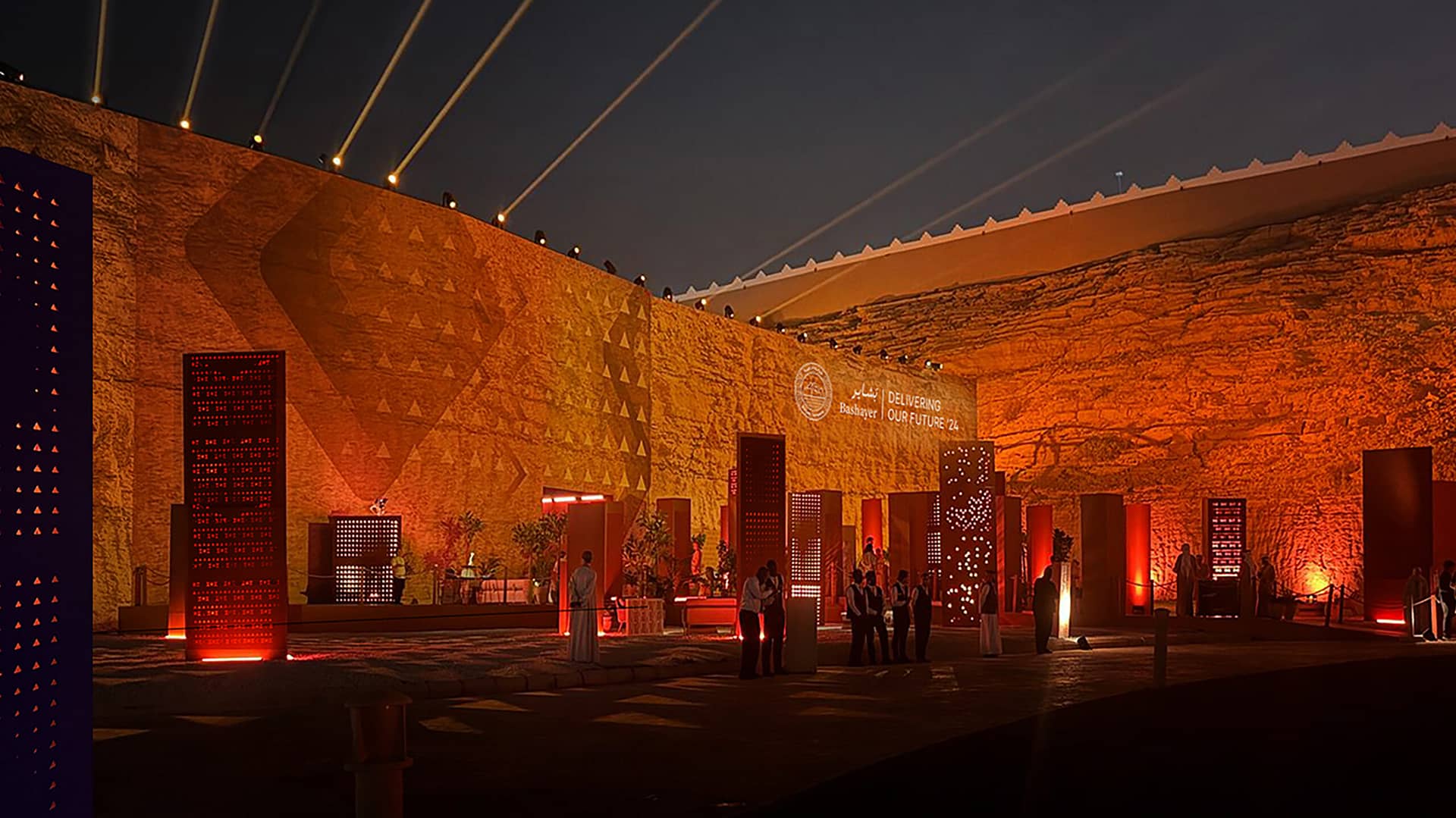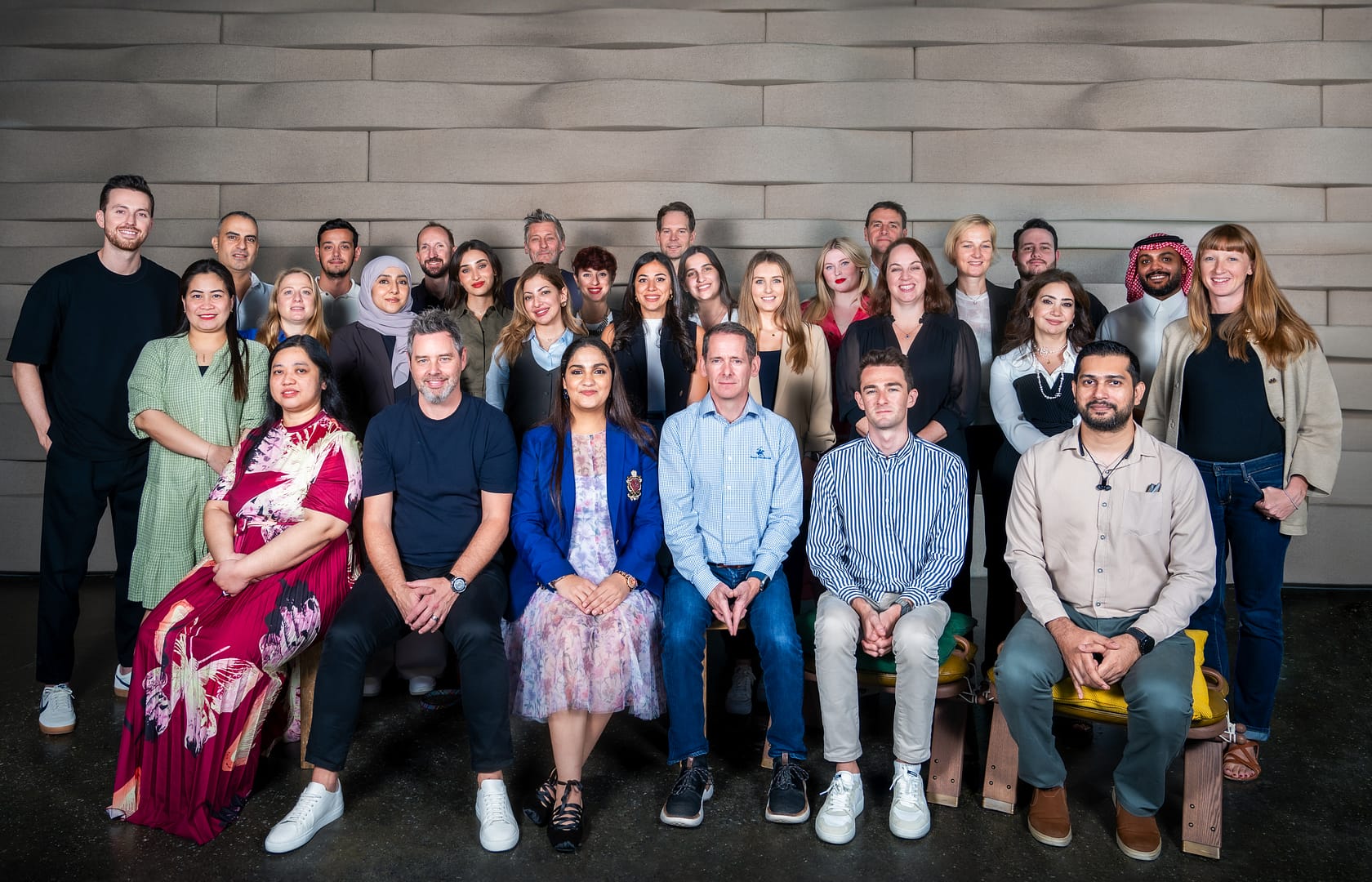
This article first appeared in Entrepreneur Middle East written by, Matt McLean, Head of Destinations from our Dubai studio.
In a world where destinations, from brand homes to giga developments, are becoming integral to global economic and cultural landscapes, business leaders are presented with unprecedented opportunities and challenges. The burgeoning experience economy, spanning design, technology, and human-centric disciplines, demands a paradigm shift in approach.
The rise of the giga project
Today’s consumer is driven by experiences – rich, immersive, and memorable encounters that transcend the traditional boundaries of interaction. In the Middle East, this growth is exemplified by ambitious projects like NEOM and Qiddiya in Saudi Arabia, symbolising the nation’s voracious appetite for innovative, world-class destinations.
At the recent Cityscape Global international property and development event, Saudi Arabia revealed that the gross development value of their portfolio of giga projects is currently set at one trillion dollars – a clear statement of the impact that the Gulf country aims to have on the global stage.
And the investment doesn’t just stop with Saudi Arabia. The UAE boasts around 30 ambitious developments, including the world’s tallest residential tower, a new airport terminal, and even a floating theatre – the next 10 years will show us a new shape of the country, as each of its Emirates is elevated to new heights – in every sense. Meanwhile, Qatar – the recent hosts of the FIFA World Cup – is upgrading the country’s transport infrastructure with the construction of the Doha Metro and the Qatar Expressway Program.
These projects will help underpin a projected tourism economic boom with the UAE anticipating a tourism-focused contribution of AED450 billion to its gross domestic product (GDP) by 2031. Dubai was hailed as the top global creative economy when it comes to foreign direct investment projects, ranking number one in the 2023 Financial Times fDi Markets ranking. Over 450 projects were completed in 2022, with over 10,000 jobs created. And according to Ahmed Al-Khateeb, Saudi Arabia’s Minister of Tourism, who spoke at the France-Saudi Investment Forum in Paris in June, the Kingdom is planning to reach growth in travel tourism of 130% from 2023 levels by 2032, thereby exemplifying the importance of destinations and placemaking within the offers of the nation.
What this means for you
The rapid expansion of the tourism economy, facilitated by a youthful population hungry for innovation, coupled with large investment, both local and foreign, has opened a world of opportunities in creating destinations for businesses and brands.
We at Imagination have worked on numerous experiential and destination projects in the Middle East, and as such, here are our three recommendations to help creative agencies and design consultants make the most of this tourism and economic boom.
REMEMBER THE WHY Although the drive to create unforgettable experiences and destinations within the region is high, and there is a general sense of urgency to meet the promises that have been set out by visions and roadmaps, the first thing businesses, developers, designers, architects and leaders must ask is: why?
What is the purpose of this experience or destination – entertainment, culture, history, sport, or something else? Why would somebody come here? Why choose a destination in the Middle East, be it a primary home, a holiday spot, or a business center, over another one? Why risk, when the incumbent is the proven “good” choice?
“Build it, and they will come” is no longer enough. Stakeholders must implement strategies to deep dive into audience behaviours and consumer motivations, and create pillars and concepts from these, so that a “why” can be crafted to match their need. This must be at the core of any business strategy.
For instance, this can be done by developing visitation programs that have a certain rhythm to the day, week, month, and calendar year of a destination. Exploring the ancient history of a place, considering the desires of its visitors, and creating a set of pillars and creative filters that push ideation and design. Or establishing metrics for success – defining what goals are achievable in the short-, mid-, and long term, and how a destination ladders up to the wider national and macroeconomic vision.
DEFINE A STORY The second thing businesses need to look at is the story. There is no doubt that a striking picture can really sell – an intricately crafted visualisation could help a real estate developer decide where to build, or a hyper realistic flythrough of a project could motivate an indecisive traveler to book a ticket – but the power of the story must not be underestimated.
A story elevates the quality of a project exponentially, especially when that story can be seen and felt, not through the eyes of a drone, but through the eyes of a person. Of a hopeful parent. Of an excited student. Of a proud citizen. The project itself takes a different dimension.
Rather than relying on impressive stats about technology, innovation, and sustainability, businesses must take a human-centric approach to building their story, reminding decision-makers of who this project is really for – the end user. What are their motivations, incentives, desires, and fears? The story needs to be molded around this.
Ultimately, this will lead to a more accurate and “real” result – one that does a better job of selling a destination than the most striking picture could ever do.
PLAN FOR LEGACY Suppose the best predictions of visitation and tourism come true. And we see an influx of passengers and travelers into the Gulf and Middle East in the tens of millions over the next decade, potentially surpassing the hundred-million mark. Then what? How does the region sustain these numbers over time?
Businesses and decision makers must ask themselves: what happens 20 years from now? What is the vision 50 years from now, when none of us are in the room anymore? How can we future-proof this destination?
The creation of a destination calls for the involvement of many different businesses spanning multiple industries; so, collaboration is key when building a legacy as businesses work to stay aligned. Otherwise, the innovation team may be planning for something that the sustainability team sees as detrimental, or the master planners may not be thinking enough of the user a few decades down the line.
It is imperative that these conversations take place and are taken seriously – projects like these require consideration of the long-term impact of these destinations.
Our role as place-makers and soul-finders
Businesses who steadily develop new tools, frameworks, and methods based on strong, solid, foundational principles around creativity and design, will be in a unique position to address some of the most urgent challenges and opportunities these ambitious development projects pose.
We at Imagination are launching a dedicated unit for the development, road-mapping, and planning of new and growing destinations – backed by decades of world-class delivery and design, and pushed by some of the most interesting fusions of talents working today.
This is just the beginning.



